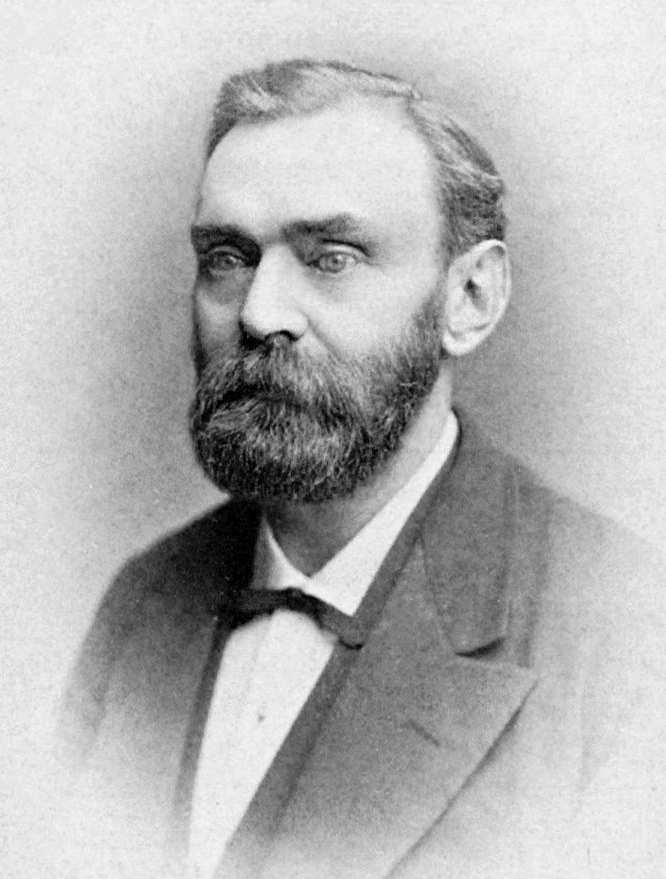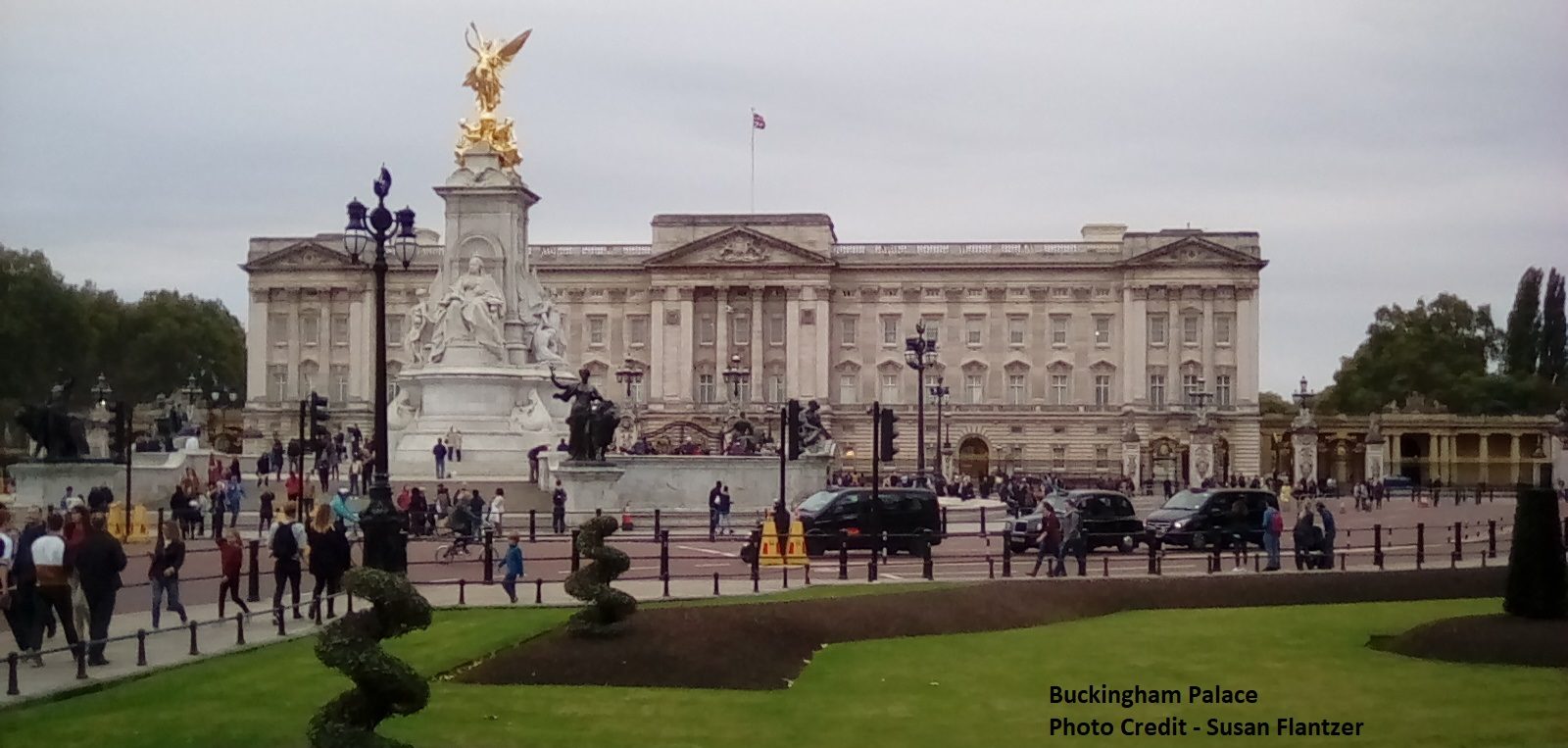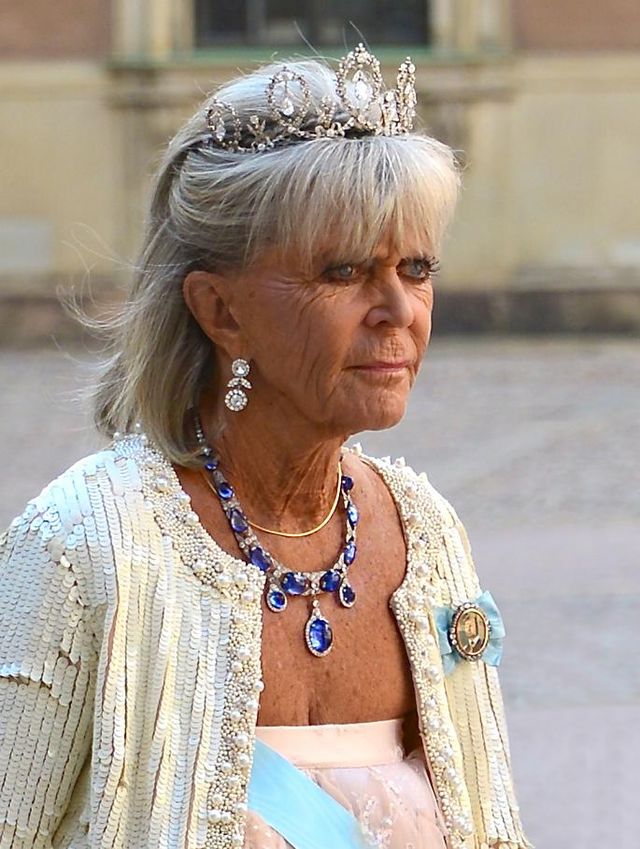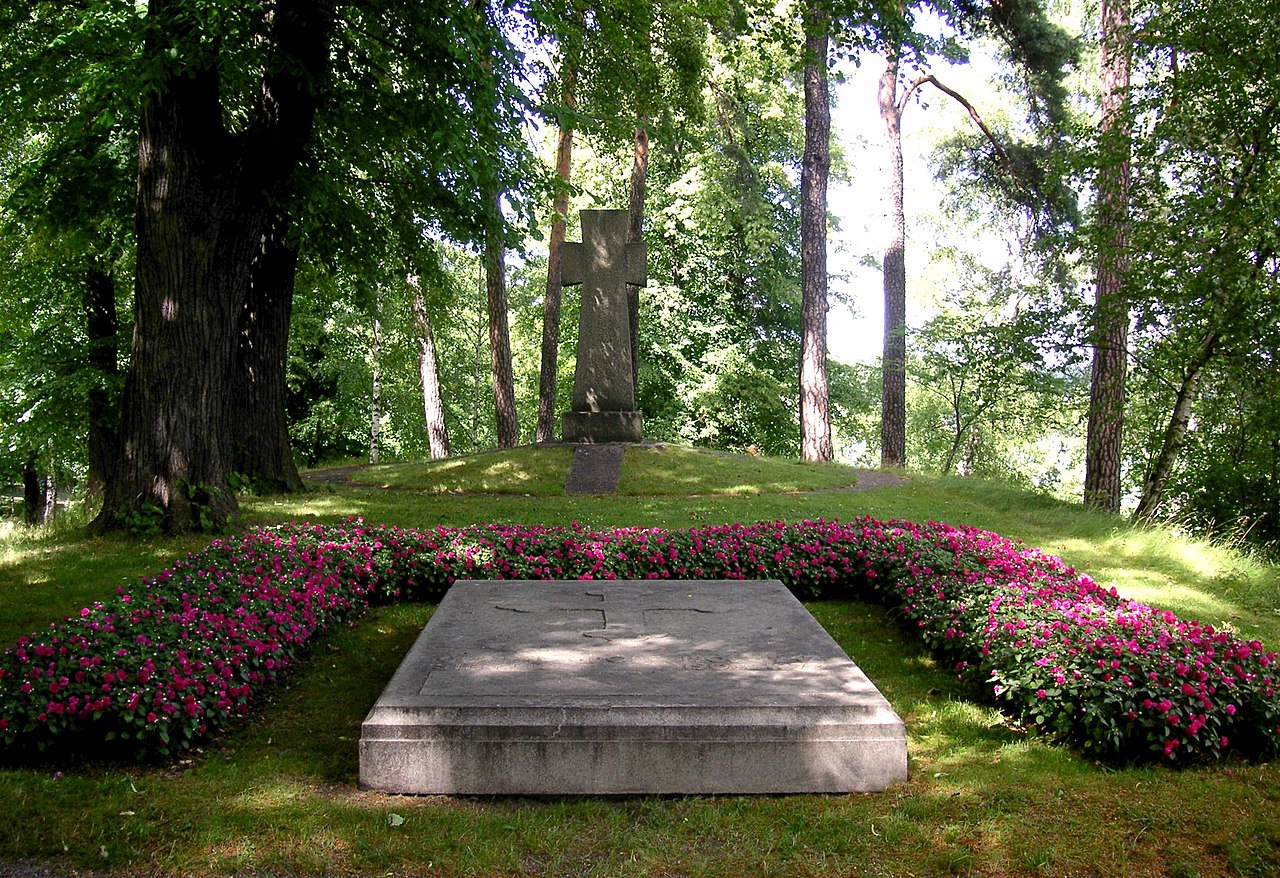by Susan Flantzer
© Unofficial Royalty 2024

1950 Nobel Prize medal in Physiology/Medicine awarded to researchers at the Mayo Clinic in Rochester, Minnesota; Photograph: Erik Lindberg – File:NobelPrize.JPG, PD-US, https://en.wikipedia.org/w/index.php?curid=58432969
Except for the Nobel Peace Prize, presented in Oslo, Norway, the Nobel Prizes in Physics, Chemistry, Physiology or Medicine, Literature, and Economic Sciences are presented in Stockholm, Sweden. On December 10th of each year, the anniversary of Alfred Nobel’s death in 1896, the Swedish monarch presents the Nobel Prizes in Physics, Chemistry, Physiology or Medicine, Literature, and Economic Sciences at the Stockholm Concert Hall in Stockholm, Sweden. Each recipient, known as a laureate, receives an 18-carat green gold medal plated with 24-carat gold, a diploma, and a monetary award. The ceremony is followed by a banquet at the Stockholm City Hall for about 1,300 people, including 250 students.
Queen Silvia, Prince Daniel, King Carl XVI, and Crown Princess Victoria attend the 2023 Nobel Prize Award Ceremony
In attendance are the Swedish Monarch, his/her spouse, members of the Swedish royal family, representatives of the Swedish Riksdag (the Swedish legislature), representatives of the Swedish Government, international guests especially those who represent the sciences and cultural life, and Swedish citizens who participate in Nobel Prize-related functions.
*********************
Who was Alfred Nobel?

Alfred Nobel; Credit – Wikipedia
Alfred Nobel (1833 – 1896) was a Swedish chemist, inventor, engineer, and businessman, known for inventing dynamite. His invention of dynamite in 1866 was developed with the idea of using it for mining, not for war. However, just four years later, dynamite was used by the Prussians and the French in the Franco-Prussian War (1870 – 1871). In 1891, Nobel commented about his dynamite factories, “Perhaps my factories will put an end to war sooner than your congresses: on the day that two army corps can mutually annihilate each other in a second, all civilized nations will surely recoil with horror and disband their troops.” Alfred Nobel died in 1896, so he was not alive during World War I to see how wrong his idea was.
On December 10, 1896, 63-year-old Alfred Nobel died in his villa in San Remo, Italy, from a cerebral hemorrhage. In his will, Nobel left instructions that his fortune be used to create a series of prizes for those who develop the “greatest benefit on mankind” in physics, chemistry, physiology, medicine, literature, and peace. Nobel bequeathed 94% of his total assets to establish the five Nobel Prizes. A sixth prize for Economic Sciences, endowed by Sweden’s central bank, Sveriges Riksbank, was first presented in 1969.
*********************
The Nobel Prizes
The Nobel Prizes in Physics, Chemistry, Physiology or Medicine, Literature, and Economic Sciences, are administered by five Nobel Committees, one for each Nobel prize. These committees come from the Royal Swedish Academy of Sciences (for the prizes in physics, chemistry, and economic sciences), the Karolinska Institute (for the prize in physiology or medicine), and the Swedish Academy (for the prize in literature).
Nomination forms are sent by the Nobel Committees to about 3,000 individuals, usually in September the year before the prizes are awarded. These individuals are generally prominent academics working in an area relevant to each Nobel Prize. The Nobel Committees prepare reports reflecting the advice of experts in the relevant fields. The reports and a list of preliminary candidates are then submitted to the prize-awarding institutions: the Royal Swedish Academy of Sciences for the prizes in physics, chemistry, and economic sciences, the Karolinska Institute for the prize in physiology or medicine, and the Swedish Academy for the prize in literature. Each institution then meets to choose the laureate(s) in for each Nobel Prize by a majority vote.
*********************
Nobel Prize Ceremonies and Events
The Nobel Lectures
Jon Fosse, Norwegian author, playwright, and 2023 Literature Nobel Prize Laureate, gives his Nobel Lecture at the Swedish Academy in Stockholm, Sweden, on December 7, 2023.
The Nobel Foundation statutes state that each laureate is required to give a public lecture on a subject related to the topic of their Nobel Prize within six months of receiving the prize. The Nobel Lectures usually occur during Nobel Week, the week leading up to the award ceremony and banquet. The lectures are organized by the same association which selected the laureates.
The Nobel Prize Award Ceremony
The Nobel Prize Awards Ceremony on December 10, 2023. Queen Silvia, King Carl XVI Gustaf, Prince Daniel, and Crown Princess Victoria can be seen on the right.
The Nobel Prize Award Ceremony takes place at 4:00 PM at the Stockholm Concert Hall in Stockholm, Sweden on December 10th of each year, the anniversary of Alfred Nobel’s death. While at the Nobel Peace Prize Award Ceremony in Oslo, Norway, the Chairman of the Norwegian Nobel Committee presents the Nobel Peace Prize in the presence of the Norwegian monarch, in Sweden, the Swedish monarch presents the Nobel Prizes to the laureates.
King Carl XVI Gustaf presents the Nobel Prize in Chemistry to Moungi Bawendi in 2023
The Nobel Prize Award Ceremony begins with the Swedish Royal Anthem Kungssången followed by a short piece of music played by the Royal Stockholm Philharmonic Orchestra while the Nobel Laureates take their seats. The Chairman of the Board of the Nobel Foundation makes an introductory speech followed by a short piece of music.
Each of the five Nobel Prizes – Physics, Chemistry, Physiology or Medicine, Literature, and Economic Sciences – is introduced by an academic in that field of study. The laureates then receive their diploma and gold medal from the Swedish monarch. After each Nobel Prize presentation, the Royal Stockholm Philharmonic Orchestra plays a short piece of music. The ceremony ends with the playing of the Swedish National Anthem Du gamla, Du fria. As the guests leave, the Royal Stockholm Philharmonic Orchestra plays a lively piece of music.
The Nobel Banquet
The Nobel Prize Banquet at Stockholm City Hall on December 10, 2023
The Nobel Banquet is held on December 10th of each year in the Blue Hall of Stockholm City Hall after the Nobel Prize Award Ceremony. The Nobel Banquet is a formal affair, and for men, the dress code is white tie, and orders and decorations should be worn. Approximately 1,300 guests attend including 200 students. The Swedish royal family attends as guests of honor. The Nobel Prize laureates are usually accompanied by their entire family.
King Carl XVI Gustaf and Astrid Söderbergh Widding, Chairperson of the Board of Directors of the Nobel Foundation and Queen Silvia and Vidar Helgesen, Executive Director of the Nobel Foundation descend the Grand Stairway into the Blue Hall of the Stockholm City Hall in 2023
The banquet begins with the entry procession of the Swedish royal family and guests of honor down the Grand Stairway and into the Blue Hall at 7:00 PM.
During the banquet, which lasts four hours, each Nobel laureate gives a speech, usually of a lighter nature. Two ceremonial toasts are given – one to the Swedish monarch and one the Swedish monarch gives in memory of Alfred Nobel. The speeches and toasts are presented by the banquet’s toastmaster, traditionally a Swedish student who holds the job for four years. Musical interludes are performed in between courses.

Golden Hall in Stockholm City Hall; Credit – Av Holger.Ellgaard – Eget arbete, CC BY-SA 3.0, https://commons.wikimedia.org/w/index.php?curid=5820905
The banquet ends at around 11:00 PM. Dancing then begins in the Golden Hall of Stockholm City Hall.
This article is the intellectual property of Unofficial Royalty and is NOT TO BE COPIED, EDITED, OR POSTED IN ANY FORM ON ANOTHER WEBSITE under any circumstances. It is permissible to use a link that directs to Unofficial Royalty.
Works Cited
- Bidragsgivare till Wikimedia-projekten. (2005). Bankett Hållen i Blå Hallen i Stockholms Stadshus efter utdelningen av Nobelpriset. Wikipedia.org; Wikimedia Foundation, Inc. https://sv.wikipedia.org/wiki/Nobelbanketten
- Royen, Ulrika. (2021). The Nobel Prize Award Ceremonies and Banquets – NobelPrize.org. NobelPrize.org. https://www.nobelprize.org/ceremony/the-nobel-prize-award-ceremonies-and-banquets/
- Royen, Ulrika. (2023). The Nobel Prize Award Ceremony 2023 – NobelPrize.org. NobelPrize.org. https://www.nobelprize.org/ceremony/the-nobel-prize-award-ceremony-2023/
- Stockholm Award Ceremony Program 2023. (2023). Bawendi, M., Brus, L., & Yekimov, A. Retrieved November 21, 2024, from https://www.nobelprize.org/uploads/2023/12/stockholm-award-ceremony-program-2023.pdf
- Wikipedia Contributors. (2019). Alfred Nobel. Wikipedia; Wikimedia Foundation. https://en.wikipedia.org/wiki/Alfred_Nobel
- Wikipedia Contributors. (2024). Nobel Banquet. Wikipedia; Wikimedia Foundation.
- Wikipedia Contributors. (2018). Nobel Prize. Wikipedia; Wikimedia Foundation. https://en.wikipedia.org/wiki/Nobel_Prize














































